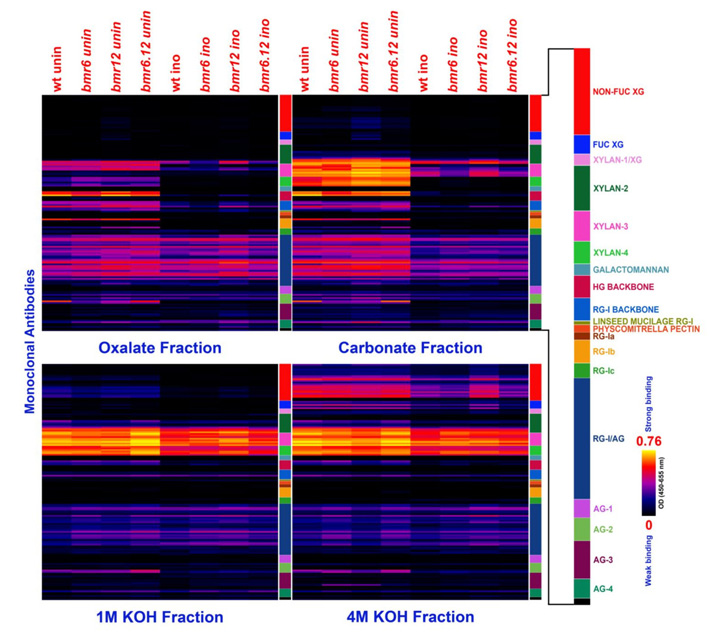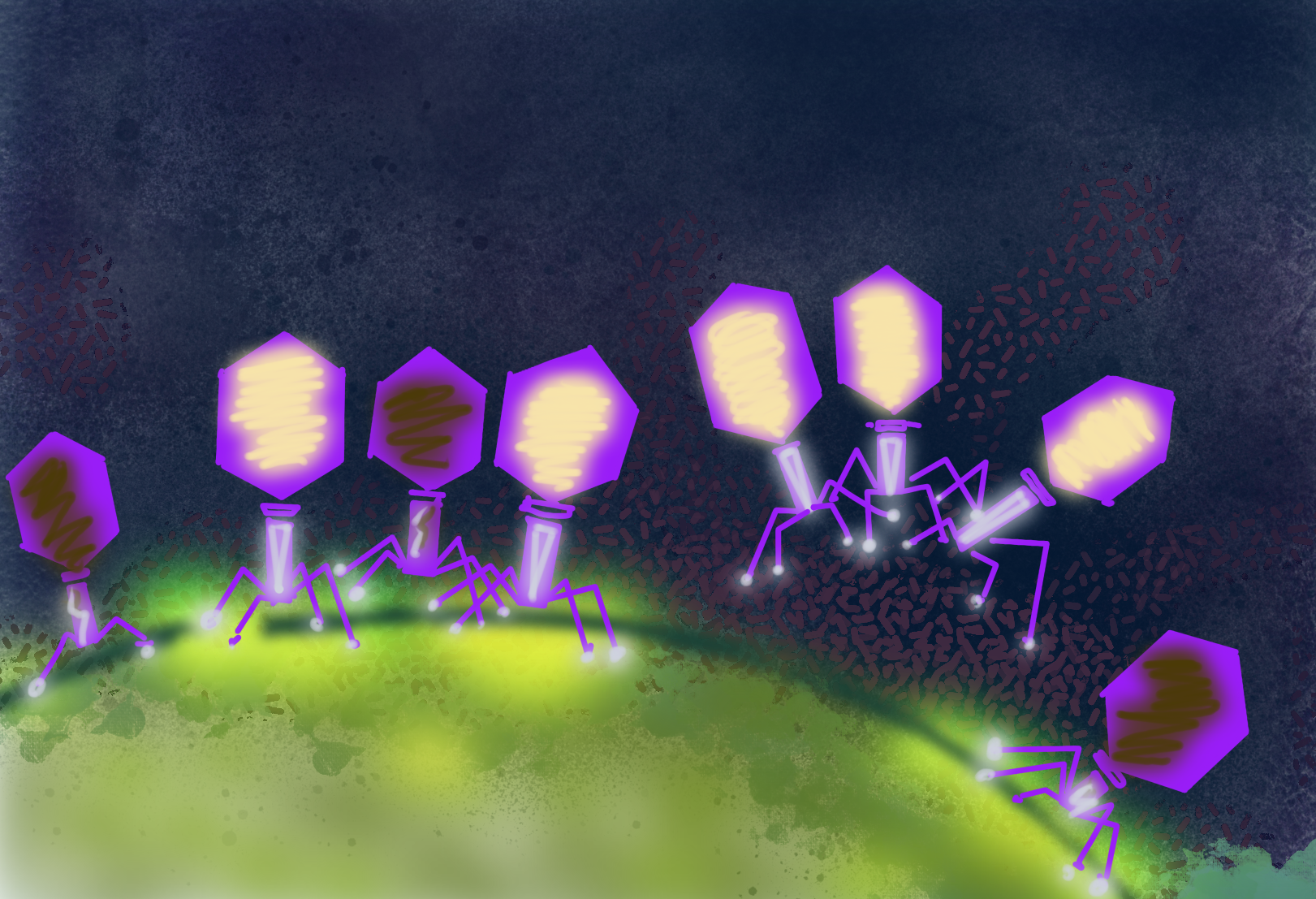New Approaches for Conversion of Plant Biomass to Ethanol
Researchers develop new assay for ease of converting plant biomass to ethanol.

The Science
Researchers at the DOE BioEnergy Science Center (BESC) together with scientists funded by the USDA-DOE Plant Feedstocks Genomics for Bioenergy program report the development of a robust assay for biomass digestibility and conversion using the anaerobic bacterium Clostridium phytofermentans.
The Impact
This method provides a means of assessing feedstock quality for digestibility and ethanol production that will facilitate genetic analysis of energy crops for amenability to biological conversion.
Summary
The conversion of plant biomass to liquid transportation fuel using consolidated bioprocessing (CBP) technology is a promising, cost-efficient strategy to develop energy from renewable sources. CBP takes advantage of the ability of certain microbes to convert sugars contained within the plant cell wall to high-energy chemicals such as ethanol or butanol, but the efficiency can be hampered by the recalcitrance of certain plant materials to deconstruction. While plant cell wall composition and corresponding resistance to breakdown varies considerably within plant species, this genetic diversity can potentially be exploited if plant material is efficiently screened for such properties. The anaerobic bacterium Clostridium phytofermentans, is capable of directly converting a wide array of fermentable biomass components to ethanol without the addition of costly, exogenous, deconstruction enzymes. The assay, which measures ethanol production under the influence of different variables, was tested on both herbaceous grasses and woody plants. Significant differences in ethanol production within individual plant species were found, indicating detection of subtle genetic differences.
Contact
Samuel P. Hazen
University of Massachusetts - Amherst
hazen@bio.umass.edu
Funding
DOE Office of Science Biological and Environmental Research (BER) program and the United States Department of Agriculture
Publications
Lee SJ et al.. 2012. Biological conversion assay using Clostridium phytofermentans to estimate plant feedstock quality. Biotech for Biofuels 2012, 5:5 [DOI: 10.1186/1754-6834-5-5].
Highlight Categories
Performer: University
Additional: Collaborations , Non-DOE Interagency Collaboration



